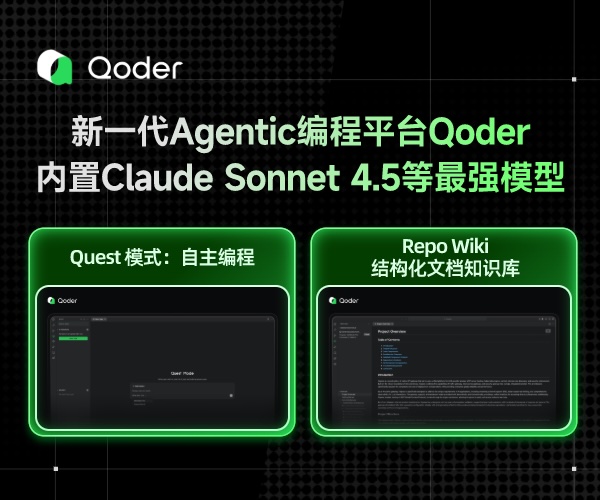Given a non-empty array of integers, return the k most frequent elements.
For example,
Given [1,1,1,2,2,3] and k = 2, return [1,2].
Note:
- 347. Top K Frequent ElementsYou may assume k is always valid, 1 ≤ k ≤ number of unique elements.
- Your algorithm's time complexity must be better than O(n log n), where n is the array's size.
========
题目:
因为c++中提供的哈希表map,不能按照value进行排序,
我们需要一个按照value值进行排序的数据结构,所以需要自定义一个.
定义排序函数,static bool mykeyval(const keyval &l, const keyval &r){}
利用自带的sort()函数就可以了.
====
代码
class Solution { public: struct keyval{ int key;//数字 int val;//数字出现的次数 keyval(int k=0,int v=0):key(k),val(v){} }; static bool mykeyval(const keyval &l,const keyval &r){ return l.val>r.val; } vector<int> topKFrequent(vector<int>& nums, int k) { map<int,int> m;///key,multis vector<int> re; for(auto i: nums){ m[i]++; } vector<keyval> tmp(m.size()); int d = 0; for(auto i: m){ tmp[d].key = i.first; tmp[d++].val = i.second; } sort(tmp.begin(),tmp.end(),mykeyval); for(int i = 0;i<k;i++){ re.push_back(tmp[i].key); } return re; } };




 浙公网安备 33010602011771号
浙公网安备 33010602011771号